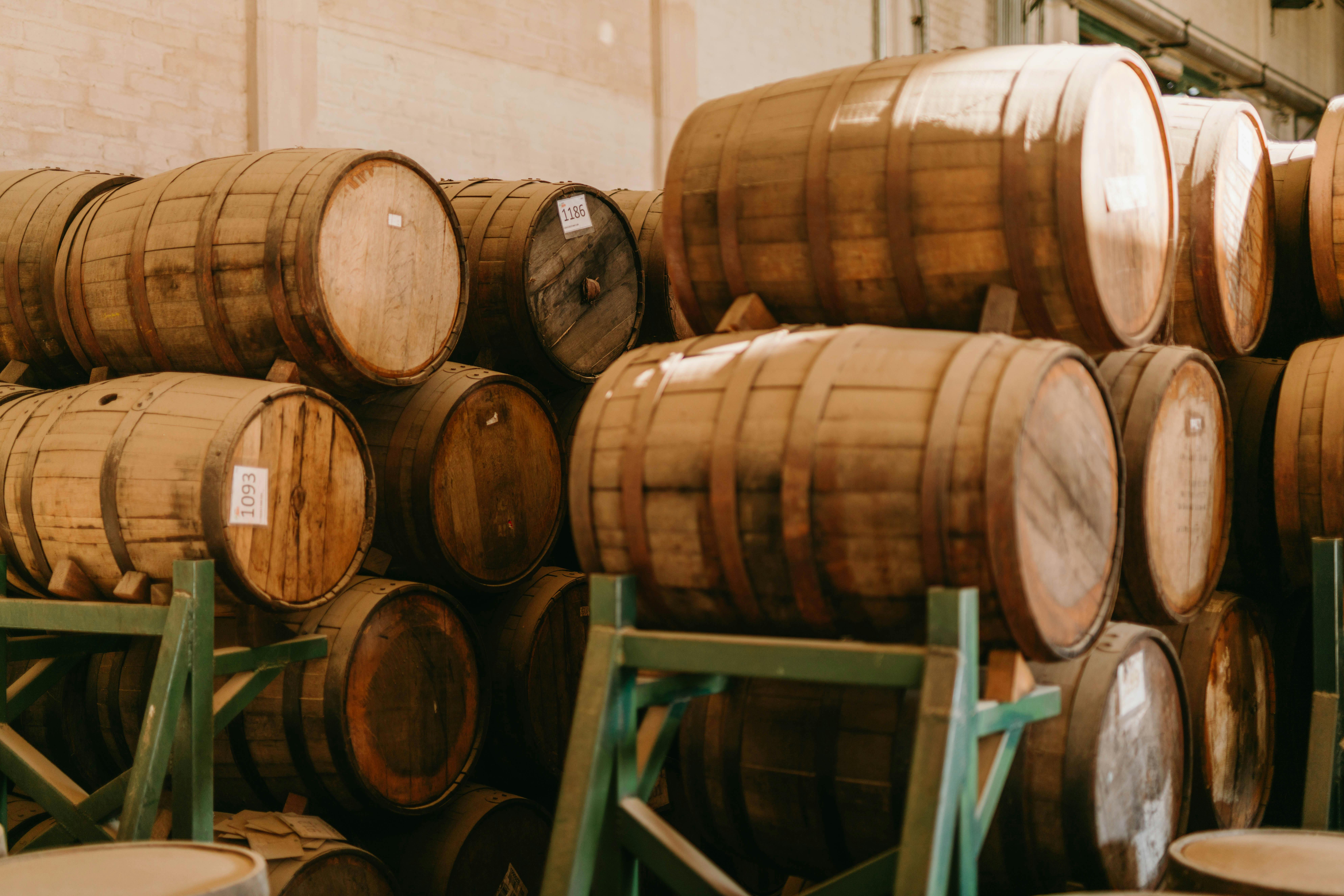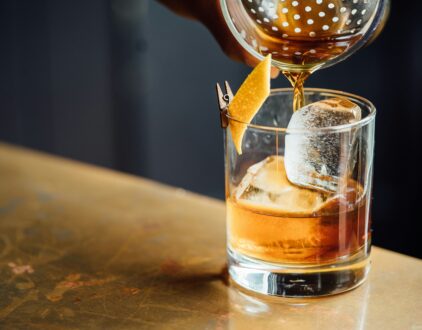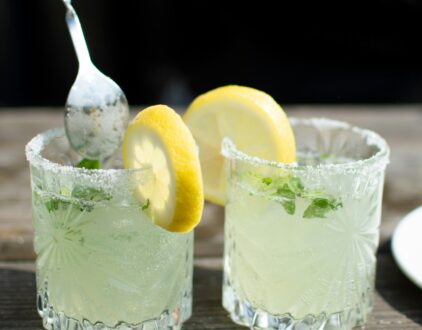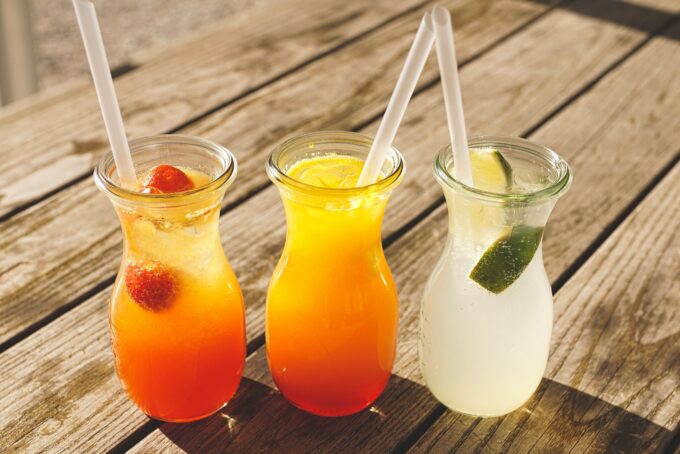For much of the past two centuries, tequila has earned a place among the world’s most beloved spirits. And its home nation of Mexico takes such pride in tequila that in 1974, the Mexican government declared the term “tequila” as its own intellectual property. As a result, Mexico, and only Mexico, can legally produce and sell the drink. Furthermore, as a rule, it can only be produced in certain regions, using a specific agave plant. While there are numerous varieties of the plant, only the blue agave variety can be used in the production process for tequila. (The other species are used to make another popular spirit, mezcal.)
The Heart of the Spirit: Blue Agave

Blue agave is also known as “agave tequilana” and is primarily grown in the region around the city of Tequila in the Mexican state of Jalisco and a few other nearby regions. The agave plant is known for its massive spiky leaves that can grow as large as eight feet long. The tequila production process, however, only uses the “heart” or “piña.” With the traditional method, the blue agave piña is steamed in an oven or in a high-pressure autoclave. This takes place over about 24 to 48 hours (longer when using a brick oven). Once the steam is turned off, the piñas must cool for another 16 to 48 hours.
Processing the Agave
Next, the steamed hearts are crushed, shredded or ground into a pulp using a stone mill, shredder or diffuser. It is added to a mixture of water and yeast to start the fermentation process. Fermentation takes place in a highly controlled environment, generally in a tank. The entire fermentation process takes less than a week (somewhere around two to five days).
The final big step before aging is distillation, which happens in large, stainless steel stills. Pottery stills are more traditional, but are used to this day. These manufacturing processes enable the widespread and rapid production that make it possible for people worldwide to enjoy margaritas and Palomas to their hearts’ content.
Aging Tequila

Lastly, the aging process helps to make the determination of the kind of tequila that ends up in the bottle. Aging time and the type of barrel used sorts tequilas into one of four types, dictating attributes such as color and flavor.
“Blanco” or “silver” tequila is by and large the un-aged (or aged for a short time) variety. It usually only lasts about two months or less. Its color is clear and because it is often just distilled and fermented, it has a flavor closest to that of the agave plant itself. “Reposado” tequila is aged for longer than two months, but no more than 12 months. The more complex flavor and slightly golden color is a result of being aged in oak barrels. As a side note, certain “gold” mass-produced tequilas are a blend of reposado and blanco tequilas, not pure reposados.
Añejos are aged for one to three years, and as a result, encompass everything people love about reposados and then some. The color and complexity deepen, and the price tag generally goes up as well. Lastly, “extra añejo” tequilas have an aging process that takes three years or longer, which leads to even richer flavors and a distinctive amber color. The process for making tequila is as simple as it is time-honored. Enjoy!
popular posts
Bar

Instantly Elevate Your Home Bar Game With These Bar Cabinet Ideas
by Karina Young | August 11, 2023

It’s a Bird, It’s a Paper Plane, It’s a Delectable Cocktail
by Lauryn Jiles | March 8, 2024
Spaces
Whether it’s luxury or ease, every area of your home should be as fabulous and unique as you.

Entertain On a Budget With Best Cheap Tequila You Can Find Below $50
by Camilla Amadi | March 14, 2024
FOLLOW ALONG ON INSTAGRAM
#homeandtexture
Find us on social for more home inspiration where culture, personal style, and sophisticated shopping intersect to help you create a home where you love to live.





